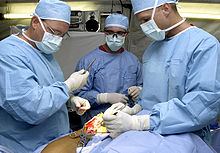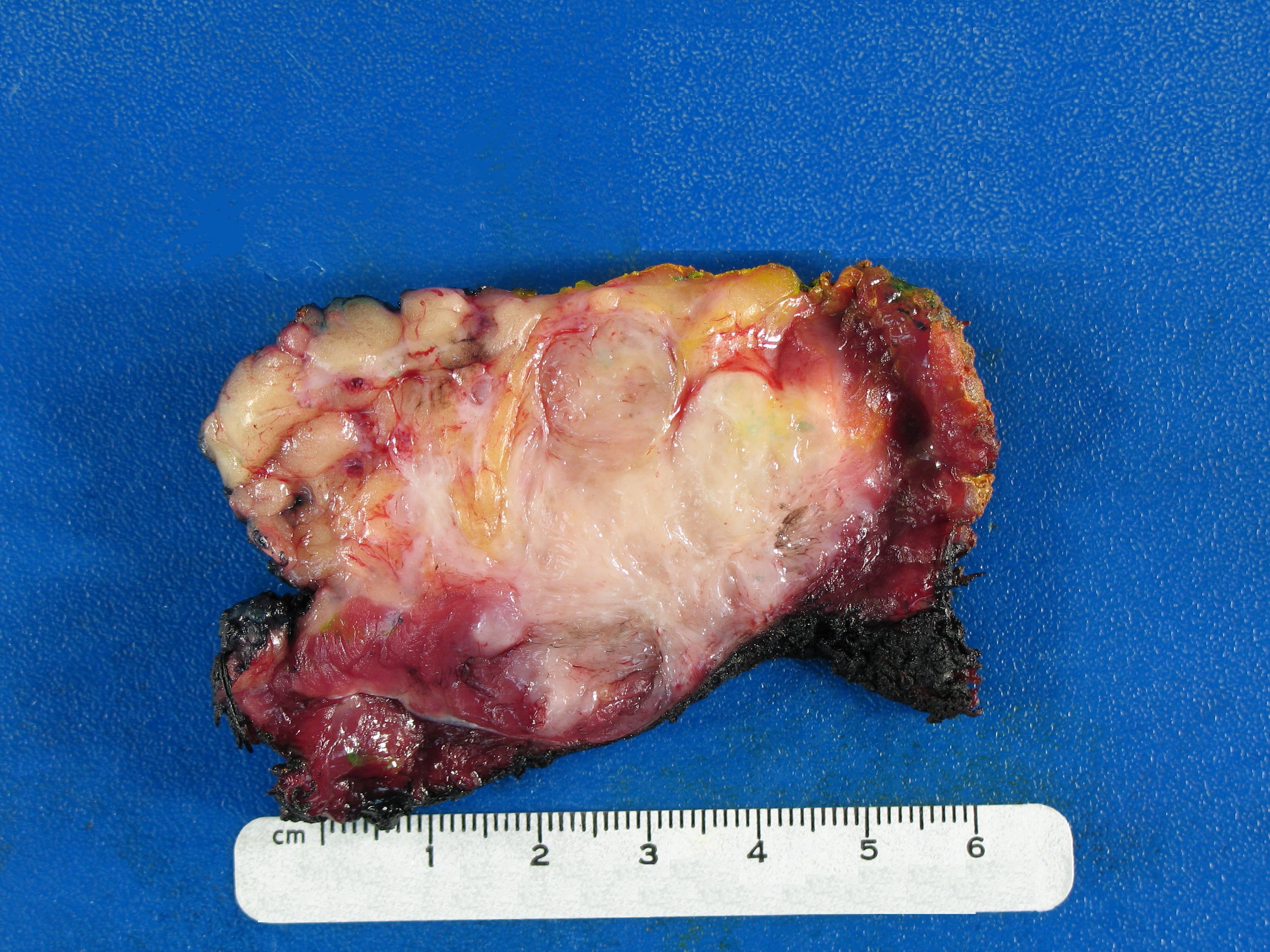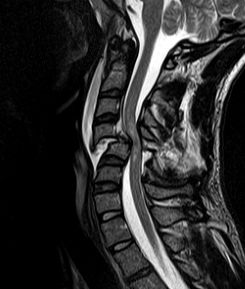Confidential settlement reached in Joan Rivers medical malpractice case


Our law firm is pleased to announce that our attorneys Jeffrey Bloom and Ben Rubinowitz were successful in resolving the Joan Rivers Medical Malpractice case on behalf of her family. The amount is confidential.
Here is the statement from Melissa Rivers in regards to this settlement:
“In accepting this settlement, I am able to put the legal aspects of my mother’s death behind me and ensure that those culpable for her death have accepted responsibility for their actions quickly and without equivocation. Moving forward, my focus will be to ensure that no one ever has to go through what my mother, Cooper and I went through and I will work towards ensuring higher safety standards in out-patient surgical clinics. I want to express my personal gratitude to my legal team for their wise counsel and prompt resolution of this case. ”
 New York Personal Injury Attorneys Blog
New York Personal Injury Attorneys Blog











